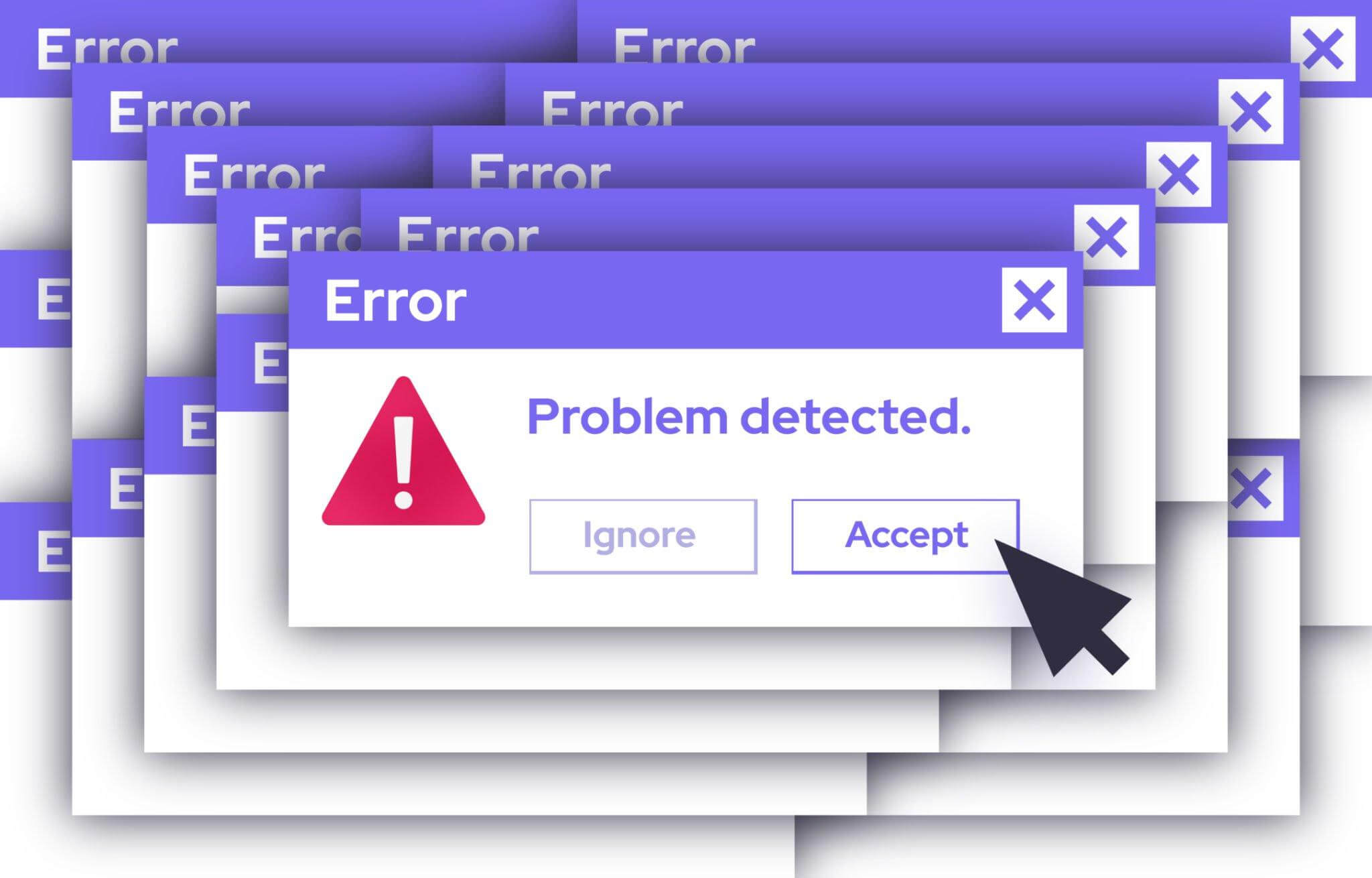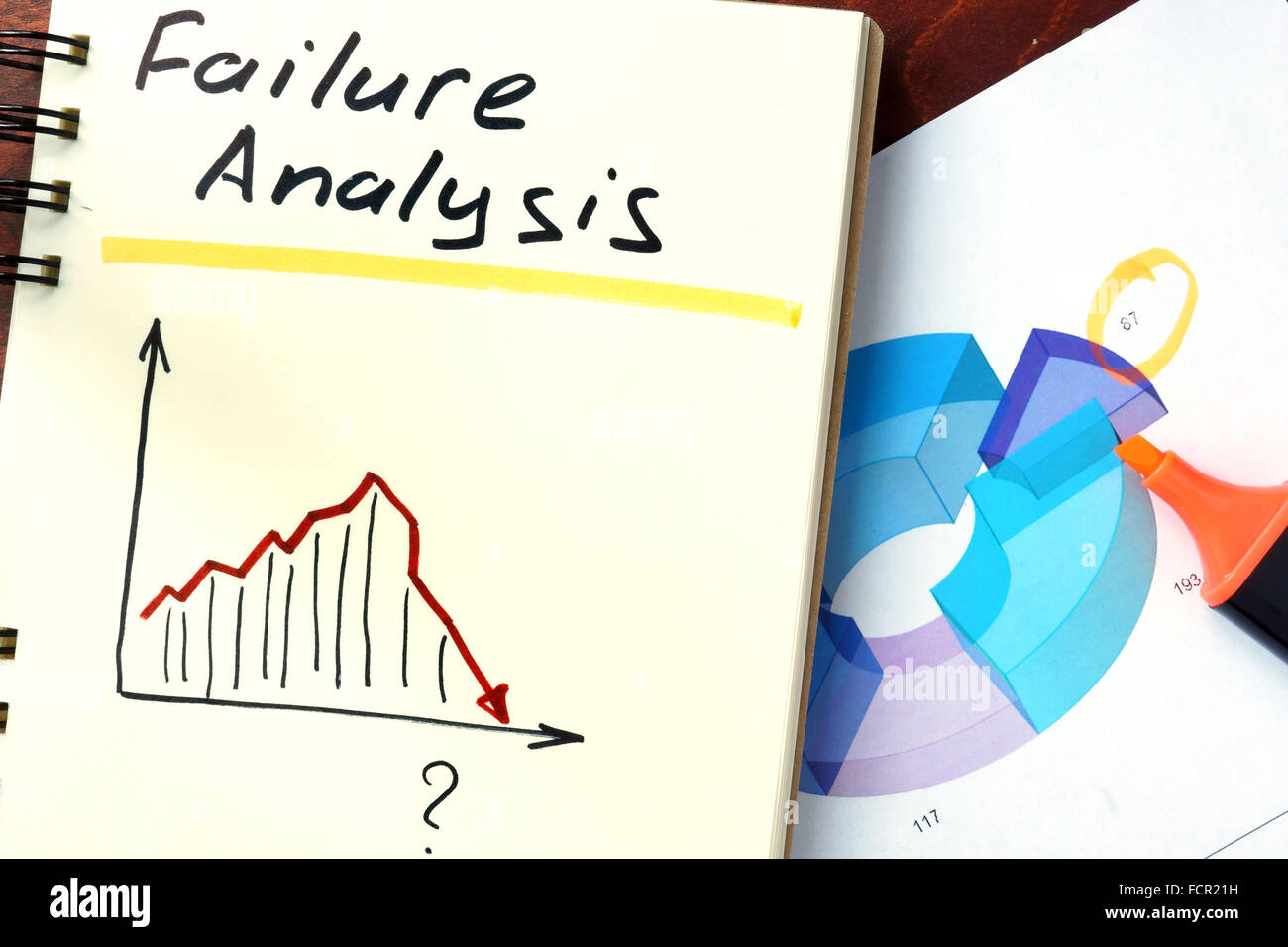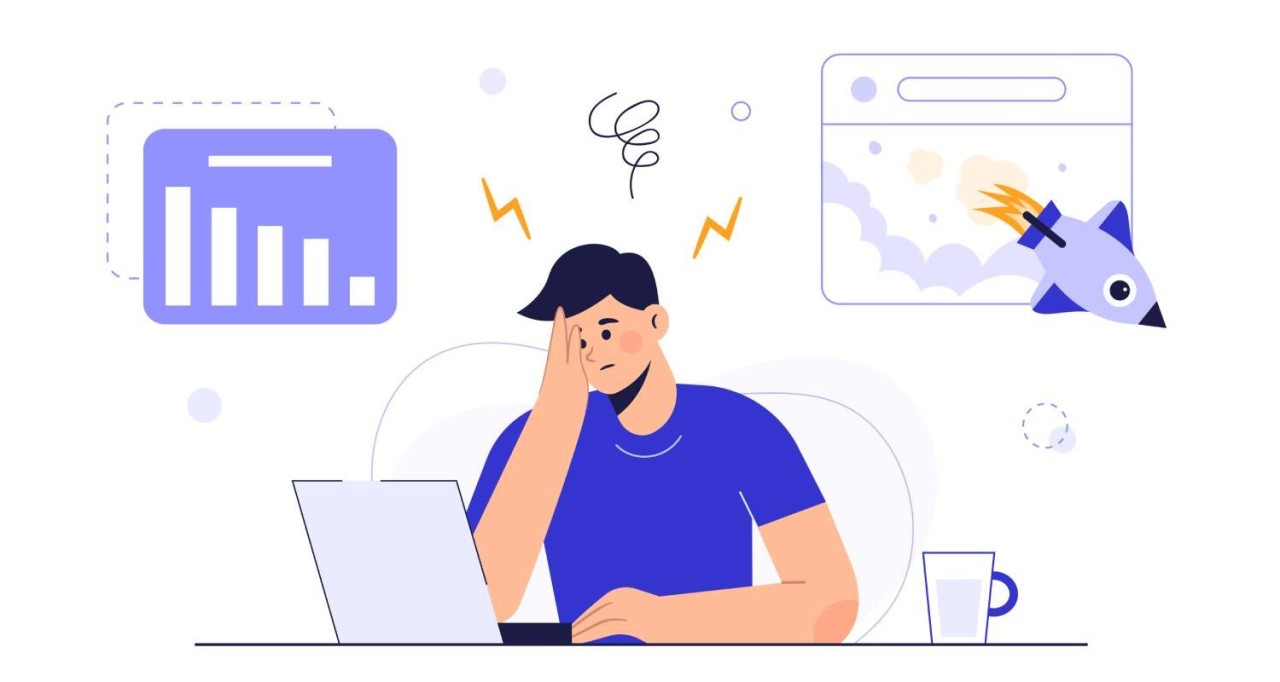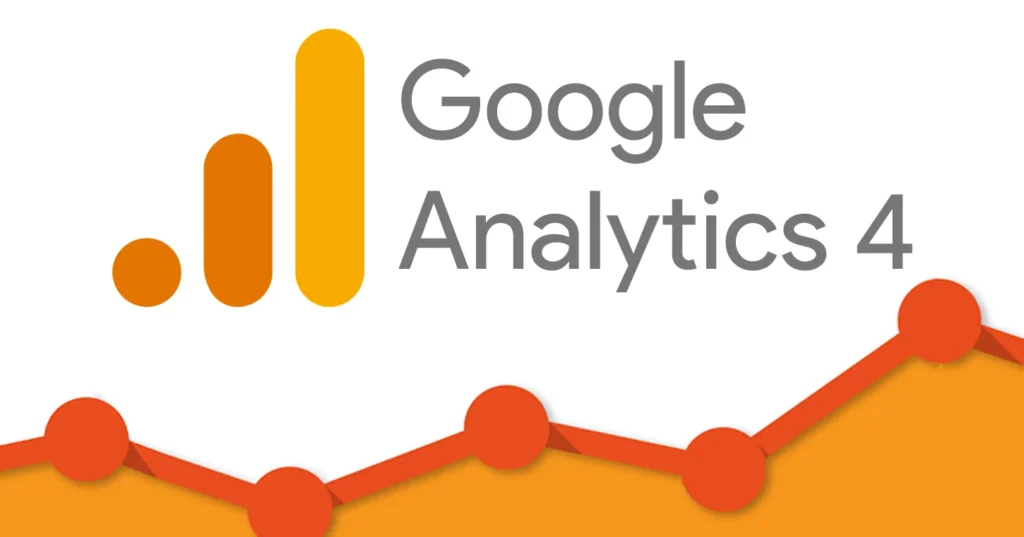In the competitive world of e-commerce, optimizing your website’s conversion rate is crucial for turning visitors into paying customers. However, many online retailers unknowingly make costly mistakes in their Conversion Rate Optimization (CRO) strategies that hinder their growth and profitability. From overlooking user experience to misinterpreting data, these errors can lead to missed sales opportunities and wasted marketing budgets. In this blog post, we’ll uncover the most common CRO pitfalls and provide actionable tips to help you avoid them — empowering you to skyrocket your e-commerce conversions and maximize your revenue like never before.
1. Ignoring User Experience and Website Navigation
One of the most critical yet often overlooked mistakes in conversion rate optimization (CRO) is ignoring user experience (UX) and website navigation. No matter how appealing your products or competitive your pricing, if visitors find your site difficult to navigate or frustrating to use, they’re unlikely to complete a purchase. A cluttered layout, confusing menus, slow loading times, or a complicated checkout process can all contribute to poor user experience, leading to high bounce rates and abandoned carts. To truly skyrocket your e-commerce conversions, it’s essential to prioritize intuitive navigation and a seamless, enjoyable browsing experience. This means organizing your products logically, ensuring your site loads quickly across all devices, and simplifying the path from product discovery to checkout. By focusing on UX, you not only make it easier for customers to find what they want but also build trust and encourage repeat visits — both of which are invaluable for increasing your conversion rates.

2. Misusing or Overloading Call-to-Action Buttons
One of the most common and costly mistakes in conversion rate optimization (CRO) is misusing or overloading your call-to-action (CTA) buttons. Your CTA buttons are crucial elements that guide visitors toward taking desired actions—whether it’s making a purchase, signing up for a newsletter, or adding items to their cart. However, when these buttons are poorly designed, confusing, or excessive, they can overwhelm or frustrate users, ultimately causing them to abandon your site. Overloading a page with multiple CTAs can dilute the visitor’s focus, making it unclear what the primary action should be. Additionally, vague or generic button text such as “Click Here” or “Submit” fails to communicate the value or next step clearly. To avoid these pitfalls, keep your CTAs concise, visually distinct, and action-oriented. Use compelling language that tells visitors exactly what they’ll gain by clicking, like “Get 20% Off Now” or “Start Your Free Trial.” By simplifying and strategically placing your CTAs, you can create a seamless user journey that encourages conversions rather than drives potential customers away.
3. Neglecting Mobile Optimization
In today’s digital landscape, neglecting mobile optimization can be one of the most costly mistakes you make in your Conversion Rate Optimization (CRO) strategy. With more than half of all online shopping now happening on mobile devices, a website that isn’t fully optimized for smartphones and tablets risks alienating a significant portion of potential customers. Slow loading times, difficult navigation, and unresponsive design elements can frustrate mobile users, leading to high bounce rates and lost sales opportunities. Mobile optimization isn’t just about having a responsive design; it also involves ensuring that buttons are easy to tap, images load quickly without sacrificing quality, and checkout processes are streamlined for smaller screens. By prioritizing mobile optimization, you create a seamless and enjoyable shopping experience that keeps visitors engaged and significantly increases the likelihood of converting casual browsers into loyal customers. Don’t let neglecting mobile users undermine your e-commerce success—make mobile optimization a cornerstone of your CRO efforts to truly skyrocket your conversions.
4. Failing to Analyze and Interpret Data Correctly
One of the most common and costly mistakes in Conversion Rate Optimization (CRO) is failing to analyze and interpret data correctly. Data is the backbone of any successful CRO strategy, but without proper analysis, it can be misleading or downright useless. Many e-commerce businesses collect vast amounts of data through tools like Google Analytics, heatmaps, and user session recordings, yet struggle to draw meaningful insights from it. Misinterpreting data can lead to misguided decisions—such as optimizing for metrics that don’t truly impact conversions or making changes that negatively affect user experience. For example, a spike in page views might seem positive at first glance, but if those visitors are not engaging or converting, it could indicate a navigation issue or confusing content. To avoid this pitfall, it’s crucial to focus on the right key performance indicators (KPIs), segment your audience appropriately, and combine quantitative data with qualitative insights like customer feedback. By doing so, you ensure that every optimization you implement is backed by a clear understanding of user behavior, ultimately driving higher conversion rates and maximizing your e-commerce success.

5. Overcomplicating the Checkout Process
One of the most common and costly mistakes in conversion rate optimization (CRO) is overcomplicating the checkout process. When customers reach the final stage of their purchasing journey, they expect a smooth, quick, and hassle-free experience. Unfortunately, many e-commerce websites burden shoppers with lengthy forms, unnecessary steps, or confusing navigation, leading to frustration and ultimately cart abandonment. To avoid this pitfall, streamline your checkout by minimizing the number of fields customers need to fill out, offering guest checkout options, and providing clear progress indicators. Additionally, make sure your payment and shipping options are straightforward and transparent. By simplifying the checkout process, you reduce friction and build trust, which significantly increases the likelihood of completing the sale and boosting your conversion rates. Remember, a seamless checkout experience is often the difference between a satisfied customer and a lost opportunity.
6. Not A/B Testing Changes Before Implementation
One of the most common and costly mistakes in Conversion Rate Optimization (CRO) is implementing changes on your e-commerce website without proper A/B testing. Making assumptions about what will improve your site’s performance can lead to unintended consequences—sometimes even decreasing conversions instead of boosting them. A/B testing involves comparing two versions of a webpage or element to see which one performs better with your audience. By running controlled experiments, you gather data-driven insights rather than relying on guesswork or personal preferences. Skipping this crucial step means you could be investing time and resources into changes that don’t resonate with your customers or, worse yet, drive them away. To truly skyrocket your e-commerce conversions, always test every significant change through A/B testing first. This approach ensures that your optimizations are effective, measurable, and aligned with your customers’ behaviors and preferences.
7. Overlooking Page Load Speed and Performance Issues
One of the most common and costly mistakes in conversion rate optimization (CRO) is overlooking page load speed and overall website performance. In today’s fast-paced digital world, customers expect websites to load quickly and run smoothly. Even a delay of just a few seconds can lead to frustration, causing potential buyers to abandon their shopping carts and seek alternatives elsewhere. Slow-loading pages not only harm the user experience but also negatively impact your search engine rankings, reducing organic traffic to your e-commerce site. To avoid this pitfall, regularly monitor your website’s speed using tools like Google PageSpeed Insights or GTmetrix, and optimize images, streamline code, and leverage caching strategies to ensure your site loads swiftly. By prioritizing performance, you create a seamless shopping experience that keeps visitors engaged and significantly boosts your chances of converting them into loyal customers.
8. Failing to Build Trust Through Social Proof and Security Signals
One of the most common and costly mistakes e-commerce businesses make is failing to build trust with their visitors through social proof and security signals. In today’s digital landscape, consumers are more cautious than ever before, and without clear indicators that your site is legitimate and secure, potential customers may hesitate to make a purchase. Social proof, such as customer reviews, testimonials, and user-generated content, plays a crucial role in reassuring shoppers that others have had positive experiences with your products and services. Additionally, prominently displaying security badges, SSL certificates, and trusted payment options helps alleviate fears about data privacy and transaction safety. Neglecting these elements can result in higher bounce rates and abandoned shopping carts, ultimately harming your conversion rates. By integrating authentic social proof alongside visible security signals, you create a trustworthy environment that encourages visitors to confidently complete their purchases, driving up your e-commerce conversions and boosting revenue.

If you found this article helpful and need help with your website conversion, contact us for a FREE CRO Audit


